Year 2
The English curriculum is built around the three interrelated strands of language, literature and literacy. Teaching and learning programs should balance and integrate all three strands. Together, the strands focus on developing students' knowledge, understanding and skills in listening, reading, viewing, speaking, writing and creating. Learning in English builds on concepts, skills and processes developed in earlier years, and teachers will revisit and strengthen these as needed.
In Year 2, students communicate with peers, teachers, students from other classes and community members.
Students engage with a variety of texts for enjoyment. They listen to, read, view and interpret spoken, written and multimodal texts in which the primary purpose is to entertain, as well as texts designed to inform and persuade. These encompass traditional oral texts, picture books, various types of print and digital stories, simple chapter books, rhyming verse, poetry, non-fiction, film, multimodal texts, dramatic performances and texts used by students as models for constructing their own work.
The range of literary texts for Foundation to Year 10 comprises Australian literature, including the oral narrative traditions of Aboriginal and Torres Strait Islander Peoples, as well as the contemporary literature of these two cultural groups, and classic and contemporary world literature, including texts from and about Asia.
Literary texts that support and extend Year 2 students as independent readers involve sequences of events that span several pages and present unusual happenings within a framework of familiar experiences. Informative texts present new content about topics of interest and topics being studied in other areas of the curriculum. These texts include language features such as varied sentence structures, some unfamiliar vocabulary, a significant number of high-frequency sight words and words that need to be decoded phonically, and a range of punctuation conventions, as well as illustrations and diagrams that support and extend the printed text.
Students create a range of imaginative, informative and persuasive texts including imaginative retellings, reports, performances, poetry and expositions.
(source: www.australiancurriculum.edu.au)
Achievement Standard
Receptive modes (listening, reading and viewing)
By the end of Year 2, students understand how similar texts share characteristics by identifying text structures and language features used to describe characters and events, or to communicate factual information.
They read texts that contain varied sentence structures, some unfamiliar vocabulary, a significant number of high-frequency sight words and images that provide extra information. They monitor meaning and self-correct using knowledge of phonics, syntax, punctuation, semantics and context. They use knowledge of a wide variety of letter-sound relationships to read words of one or more syllables with fluency. They identify literal and implied meaning, main ideas and supporting detail. Students make connections between texts by comparing content. They listen for particular purposes. They listen for and manipulate sound combinations and rhythmic sound patterns.
Productive modes (speaking, writing and creating)
When discussing their ideas and experiences, students use everyday language features and topic-specific vocabulary. They explain their preferences for aspects of texts using other texts as comparisons. They create texts that show how images support the meaning of the text.
Students create texts, drawing on their own experiences, their imagination and information they have learnt. They use a variety of strategies to engage in group and class discussions and make presentations. They accurately spell words with regular spelling patterns and spell words with less common long vowel patterns. They use punctuation accurately, and write words and sentences legibly using unjoined upper- and lower-case letters.
(source: www.australiancurriculum.edu.au)
- Plus Plan
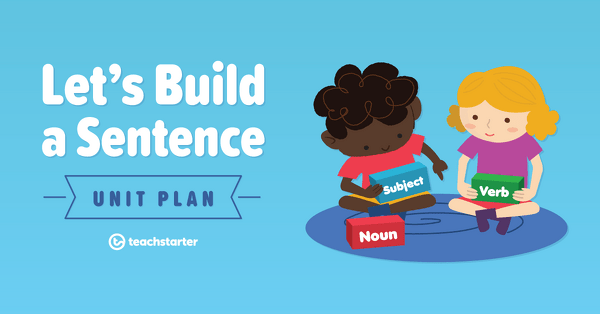
Using Adjectives to Describe a Character
A 60 minute lesson in which students will use adjectives to describe the personality and appearance of characters.
- Plus Plan
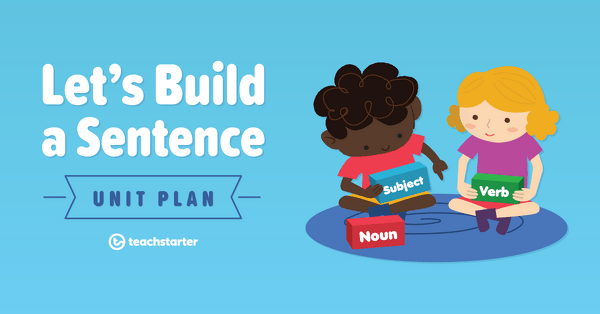
Using Adjectives
A 60 minute lesson in which students will identify that an adjective provides information about a noun and is often called a describing word.
- Plus Plan
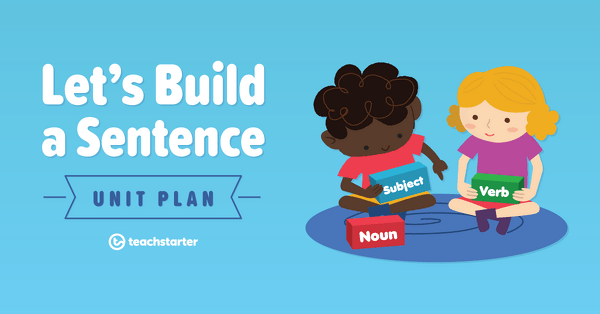
Common and Proper Nouns
A 60 minute lesson in which students will identify that a noun is a naming word used for a person, place or object.
- Plus Plan
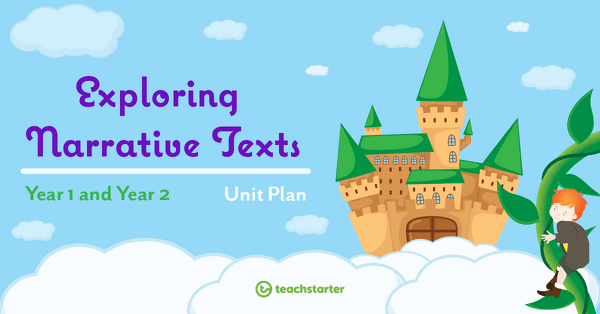
Writing a Fairy Tale
A 60 minute lesson in which students will independently write a fairy tale, using appropriate text structure, language and features.
- Plus Plan
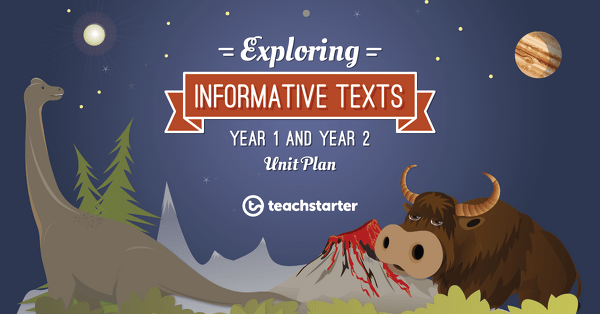
Animal Information Report - Modelled Writing
A 60 minute lesson in which students will jointly construct a simple information report about an animal.
- Plus Plan
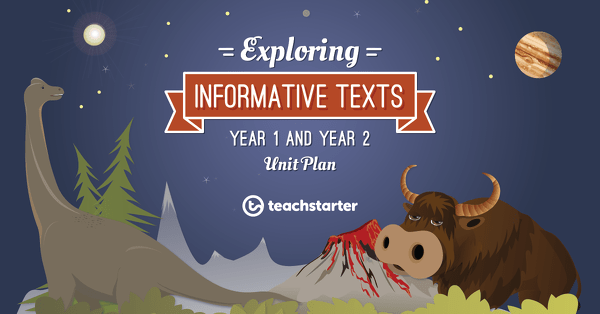
Separating Fact From Fiction
A 60 minute lesson in which students will understand the difference between fiction and non-fiction.
- Plus Plan
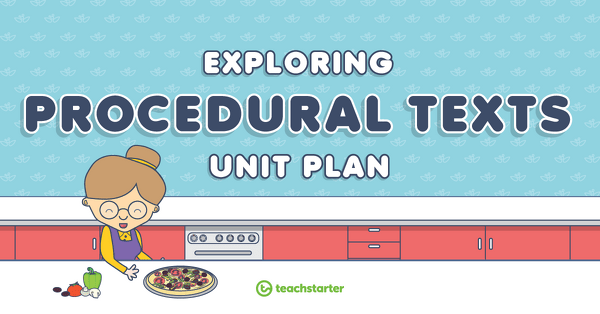
Procedural Texts - Text Structure
A 60 minute lesson in which students will identify and explore the structure of procedures.
- Plus Plan
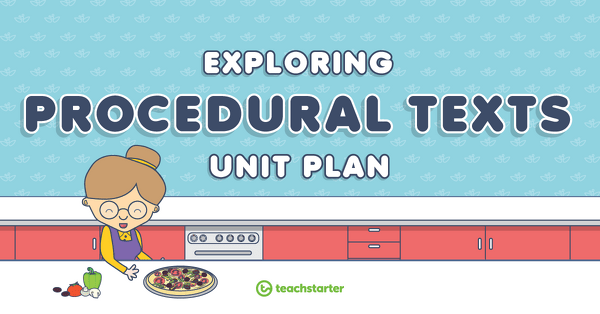
Independent Writing - How to Make Bush Stew
A 60 minute lesson in which students will independently write a recipe for bush stew.
- Plus Plan
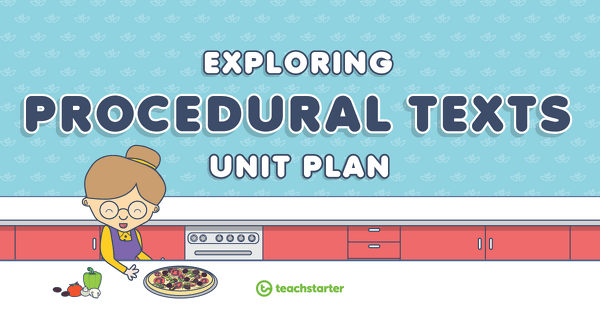
Guided Writing - How To Make Fruit Salad
A 60 minute lesson in which students will jointly construct a simple recipe for fruit salad in small groups.
- Plus Plan

Personal Recounts - Independent Writing
A 60 minute lesson in which students will independently construct a simple personal recount about a familiar experience.
- Plus Plan
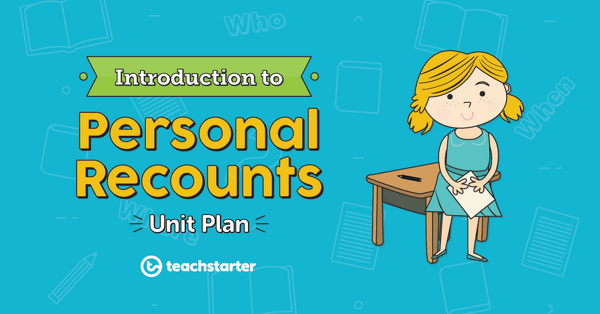
Personal Recounts - Shared Writing
A 60 minute lesson in which students will construct a simple personal recount about a familiar experience in pairs.
- Plus Plan
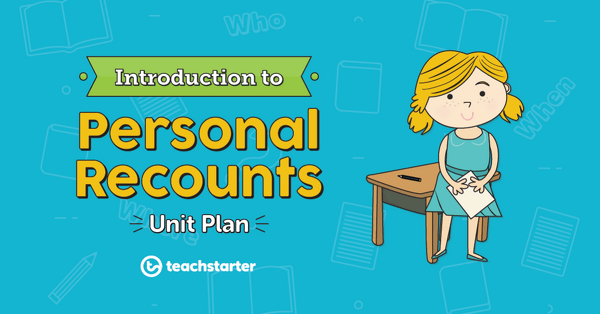
Personal Recounts - Modelled Writing
A 60 minute lesson in which students will jointly construct a simple personal recount about a familiar experience.
- Plus Plan
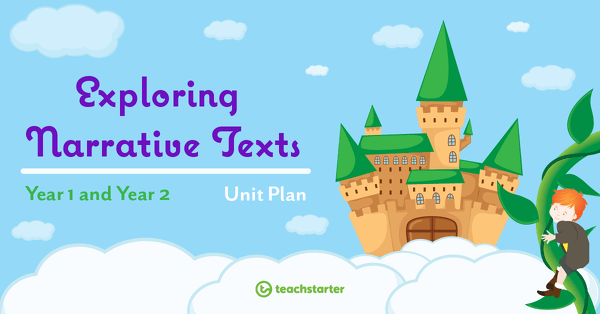
Creating a Fairy Tale Setting
A 60 minute lesson in which students will develop a setting for a fairy tale.
- Plus Plan

What Are Fairy Tales?
A 60 minute lesson in which students will explore the key features of the fairy tale genre.
- Plus Plan
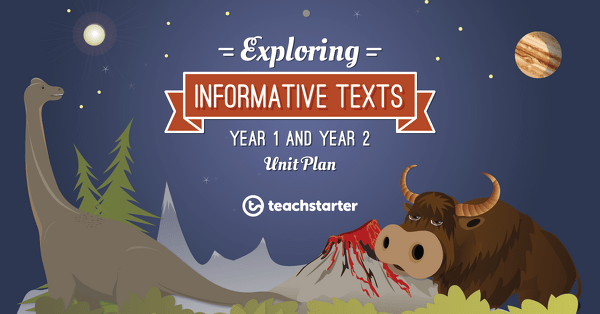
Using Descriptive and Comparative Language
A 60 minute lesson in which students will understand how descriptive and comparative language is used in informative texts.
- Plus Plan
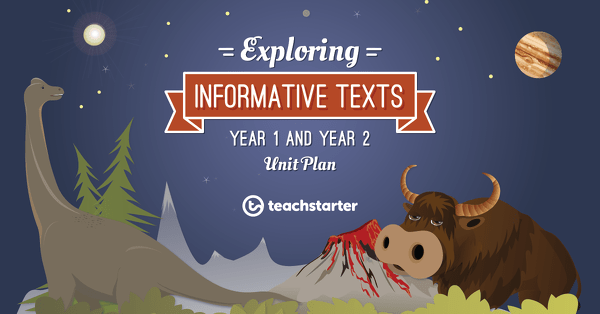
Informative Texts - Language Features
A 60 minute lesson in which students will identify and explore the language features of informative texts.
- Plus Plan
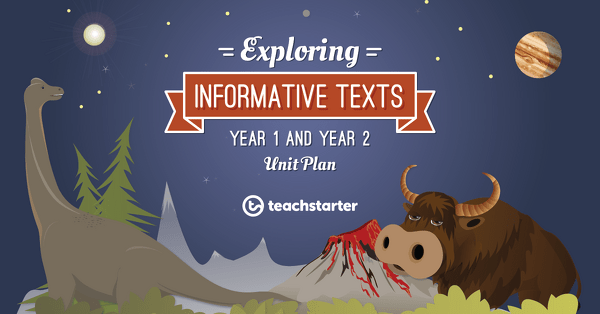
Informative Texts - Text Structure
A 60 minute lesson in which students will identify and explore the structure of information reports.
- Plus Plan

Just the Facts!
A 60 minute lesson in which students will use facts to describe people, places, animals and objects.
- Plus Plan
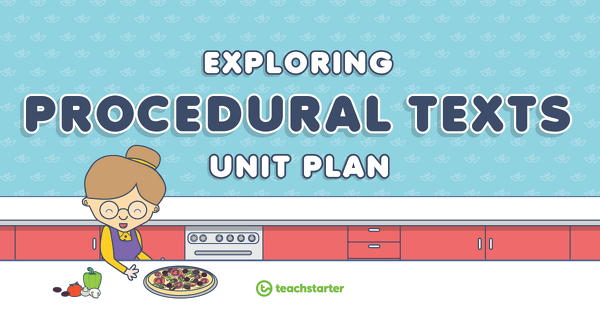
Publishing a Recipe Book
A 60 minute lesson in which students will publish a simple recipe for bush stew.
- Plus Plan
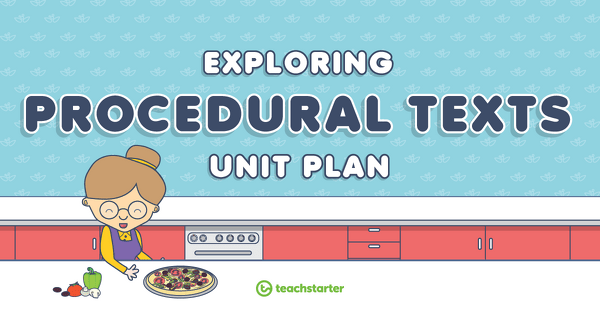
Simon Says!
A 60 minute lesson in which students will explore action verbs, common nouns and adverbial phrases in procedures.
- Plus Plan
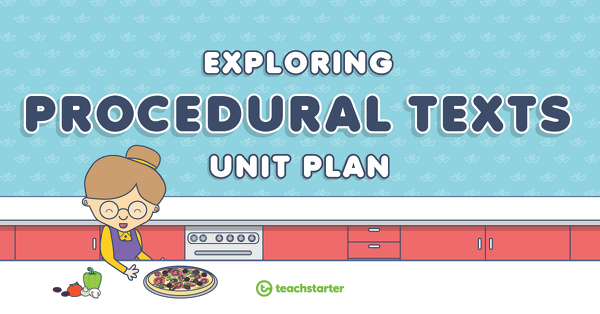
Instruct Me!
A 60 minute lesson in which students will explore how procedures provide instructions about completing a task.
- Plus Plan
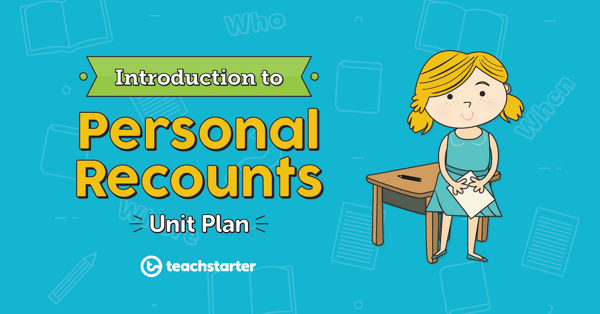
Adding Detail Using Emotion Words
A 60 minute lesson in which students will investigate how emotion words can add detail to a personal recount.
- Plus Plan
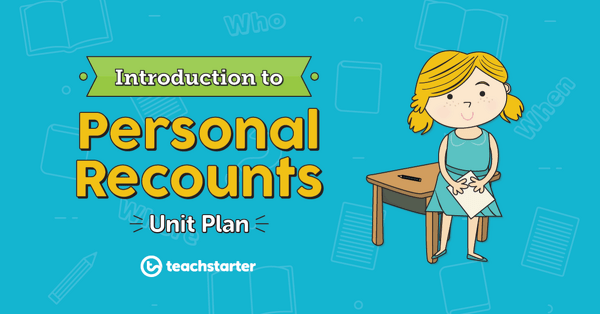
Adding Detail Using Describing Words
A 60 minute lesson in which students will investigate how descriptive words, such as adjectives, can add detail to a personal recount.
- Plus Plan
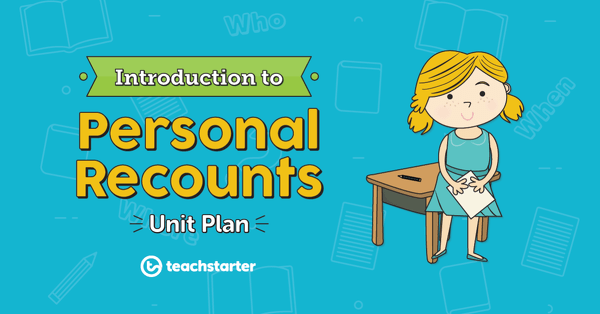
Personal Recounts - Text Structure
A 60 minute lesson in which students will identify and explore the structure of personal recounts.
- Plus Plan

On the Weekend
- Plus Plan
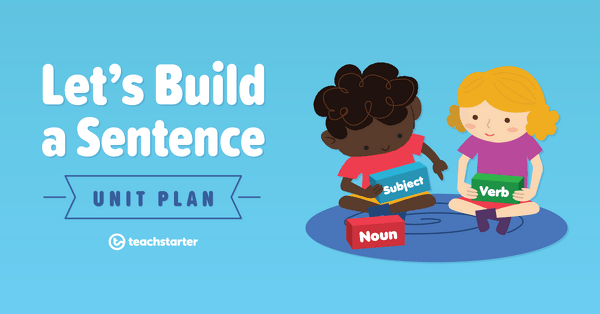
Let's Build a Sentence
A 60 minute lesson in which students will write simple and compound sentences.
- Plus Plan
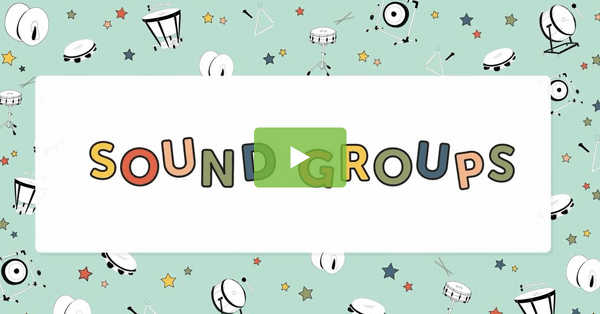
Sound Groups for Teaching Multiplication Video
Teach your students about equal groups in multiplication with this engaging video that combines multiplication with music!
- Plus Plan
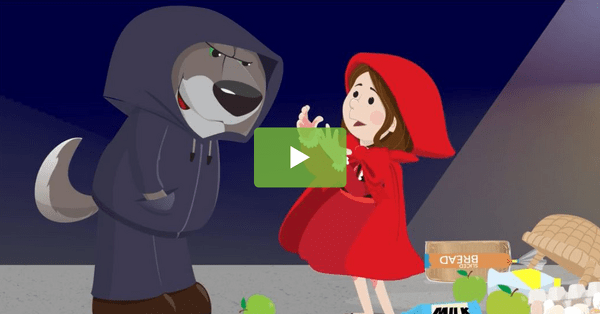
Little Red Riding Hood Story Video
Introduce a fresh version of the Little Red Riding Hood story to your students with this animated video perfect for younger students.
- Plus Plan

Alice in Wonderland Story Video
Introduce the story of Alice in Wonderland to your students with this animated fairy tale video perfect for younger students.
- Plus Plan
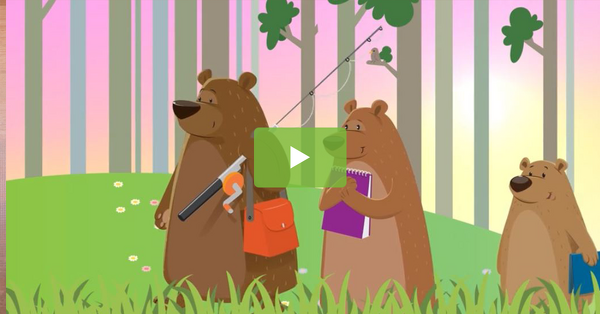
Goldilocks and the Three Bears Story Video
Explore the story of Goldilocks and the Three Bears with your students using this animated fairy tale video perfect for younger learners.
- Plus Plan

The Gingerbread Man Story Video
Introduce the story of The Gingerbread Man to your students with this animated fairy tale video perfect for younger students.
- Plus Plan
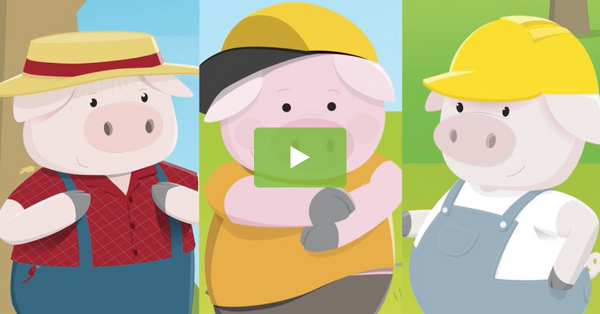
The Three Little Pigs Story Video
Explore the story of The Three Little Pigs with your students using this animated fairy tale video perfect for younger learners.